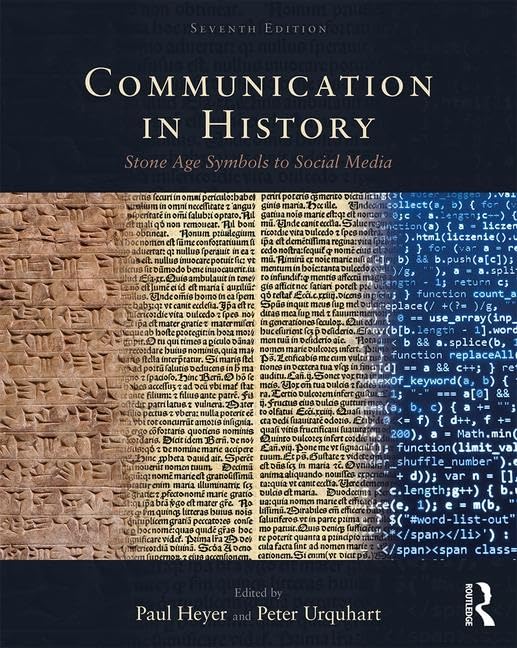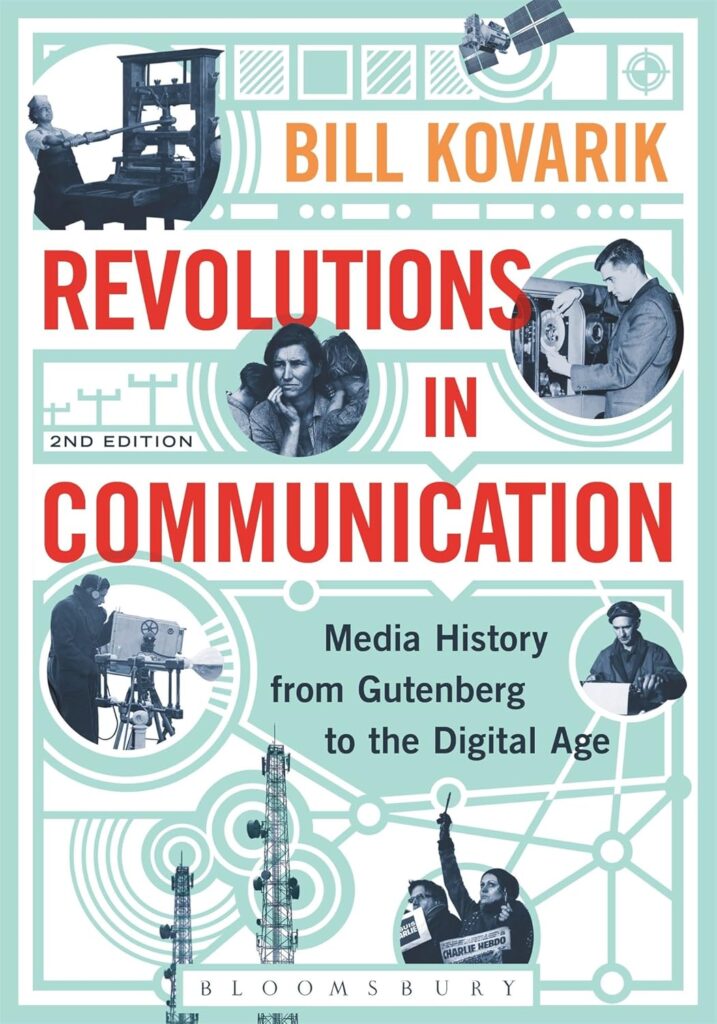Communication has always been a cornerstone of human civilization, enabling societies to share knowledge, coordinate activities, and maintain social cohesion. This article delves into the fascinating world of ancient communication lessons, focusing on how major empires such as Rome, Egypt, and China managed to communicate across vast territories.
Key Takeaways
- Ancient empires developed sophisticated methods of communication, including written scripts, messengers, and signal systems.
- Effective communication was crucial for administrative control, military coordination, and cultural integration.
- The legacy of ancient communication methods continues to influence modern practices.
Introduction
The ability to communicate effectively across large distances was a critical factor in the success of ancient empires.
From the intricate hieroglyphs of Egypt to the efficient postal systems of Rome and the complex ideograms of China, these civilizations developed innovative methods to ensure their messages were conveyed accurately and swiftly.
This comprehensive guide explores the various communication methods employed by these ancient empires, their evolution, and their lasting impact on modern communication.
Communication in Ancient Rome
The Roman Empire was renowned for its extensive use of written communication. Latin, the official language, was used for administrative, legal, and military documents. The Romans developed a sophisticated system of writing, including the use of wax tablets, papyrus, and later, parchment.
One of the most significant contributions of the Romans to communication was their postal system, known as the cursus publicus. This state-run courier service was established to facilitate the rapid transmission of official messages across the empire. Relay stations, or mutationes, were set up at regular intervals along major roads, where couriers could change horses and rest.
And, the Roman military relied heavily on effective communication for coordination and strategy. They used various methods, including signal fires, smoke signals, and the use of signa militaria (military standards) to convey orders on the battlefield. The aquila (eagle) standard, in particular, was a powerful symbol of Roman military might.
Communication in Ancient Egypt
The ancient Egyptians developed one of the earliest forms of writing known as hieroglyphs. These pictorial symbols were used extensively in religious texts, monumental inscriptions, and administrative records. Papyrus, made from the papyrus plant, was the primary medium for written documents.
Also, egyptian pharaohs employed messengers to deliver decrees and official correspondence across the kingdom. These couriers traveled by foot, boat, or chariot, depending on the distance and urgency of the message. The Nile River played a crucial role in facilitating communication, acting as a natural highway for transporting messages and goods.
In addition to written texts, the Egyptians used symbolic communication extensively. Art, architecture, and religious rituals were imbued with symbolic meanings that conveyed complex ideas and beliefs. The use of cartouches (oval encasements of royal names) was a way to signify the divine authority of the pharaoh.
Communication in Ancient China
Ancient China developed a complex system of writing based on logograms (characters representing words or morphemes). The earliest known Chinese writing, oracle bone script, dates back to the Shang Dynasty (c. 1600–1046 BCE). Over time, this evolved into the more standardized scripts used in later dynasties.
The Chinese empire also established an efficient postal system to maintain administrative control over its vast territories. The yòuzhàn (postal stations) were strategically located along major routes, allowing couriers to relay messages quickly. This system was particularly crucial during the Han Dynasty (206 BCE–220 CE), when the Silk Road facilitated trade and communication between East and West.
China developed various signal systems to convey messages over long distances. These included beacon towers and drum towers, which used smoke, fire, and drumbeats to transmit signals. These methods were particularly useful for military communication, allowing rapid transmission of warnings and orders.
The Evolution and Impact of Ancient Communication
From Oral Traditions to Written Records
Before the advent of writing, ancient civilizations relied on oral traditions to transmit knowledge and cultural values. Storytelling, rituals, and symbolic art were essential for preserving history and identity. The development of written language marked a significant turning point, enabling the documentation and transmission of complex information.
The Role of Trade and Commerce
Trade and commerce played a crucial role in the development of communication methods. The exchange of goods and ideas necessitated efficient communication networks. For instance, the Silk Road not only facilitated trade between China and other regions but also enabled the exchange of cultural and technological innovations.
Legacy of Ancient Communication
The communication methods developed by ancient empires laid the foundation for modern communication systems. The Roman postal system, for example, influenced the development of later postal services in Europe. Similarly, the Chinese use of logograms has had a lasting impact on East Asian writing systems.
FAQs about Communication in Ancient Empires
How did ancient humans communicate?
Ancient humans communicated through vocalizations, gestures, oral traditions, and symbolic art before the development of written language. These methods were essential for sharing stories, beliefs, and social cues within communities.
What are the oldest forms of communication?
The oldest forms of communication include sounds, body language, cave drawings, and the use of symbols. These early methods were crucial for preserving culture and history, highlighting the importance of non-written forms of communication.
What impact did the invention of writing have on communication?
The invention of writing allowed for the preservation of knowledge, culture, and history, marking a significant advancement in human communication. Written records enabled the documentation of complex information and facilitated administrative control in ancient empires.
What methods did ancient cultures use to communicate over distances?
Ancient cultures used various methods to communicate over distances, including smoke signals, drums, and carrier pigeons. These techniques allowed for the transmission of simple messages and played a crucial role in maintaining connections between distant communities.
How did the transition from oral to written communication affect social structures in ancient civilizations?
The transition from oral to written communication had a profound impact on social structures in ancient civilizations. Written records enabled the centralization of administrative control, the codification of laws, and the preservation of religious and cultural texts. This shift also facilitated the development of complex bureaucracies and the expansion of empires.
What role did trade and commerce play in the development of communication methods?
Trade and commerce were instrumental in the development of communication methods. The exchange of goods and ideas necessitated efficient communication networks, leading to the establishment of postal systems, trade routes, and diplomatic correspondences.
How did ancient communication methods influence modern communication technologies?
Ancient communication methods laid the groundwork for modern communication technologies. The principles of relay systems, signal transmission, and written documentation developed by ancient civilizations have influenced the design and functionality of contemporary communication systems, including postal services, telegraphy, and digital communication.
Related Articles
- History, Concepts, and Theories – Studious Communication
- The Secrets to Mastering Effective Communication: Tips for Lasting Impact
- Applying Communication Theories for Effective Internal Marketing
Understanding the intricacies of ancient communication provides valuable insights into the evolution of human interaction and the foundational principles that continue to shape our modern communication landscape.
By exploring the methods used by ancient empires, we gain a deeper appreciation for the innovations that have enabled societies to connect, collaborate, and thrive across millennia.


